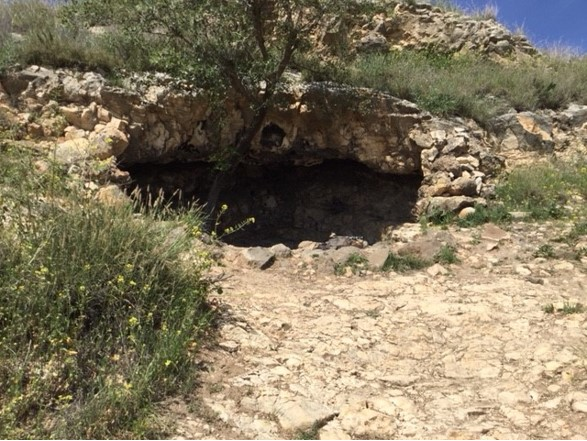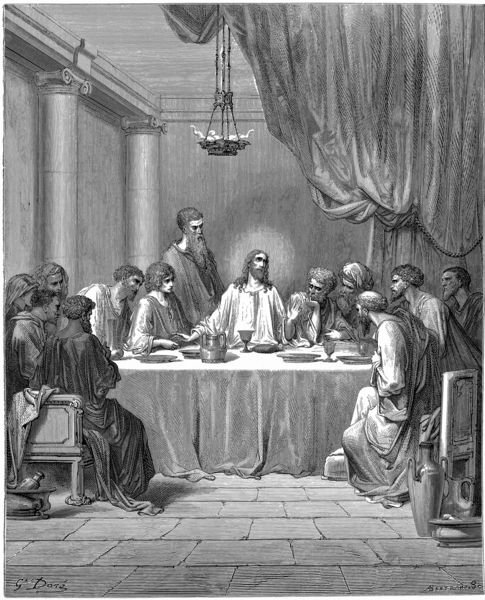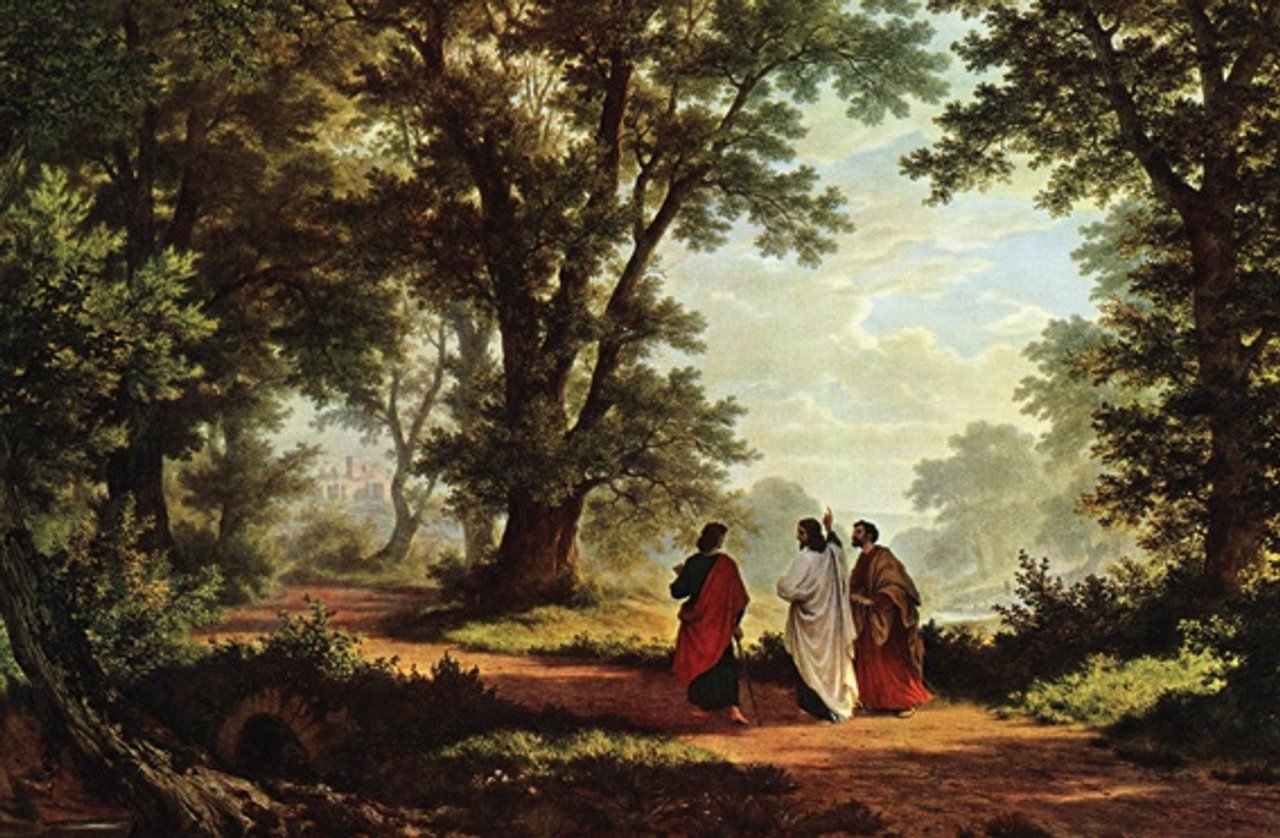The Cave, Table & Road: Rhythms of Integrated Communities
For centuries Christians have found ways to connect with others in meaningful communities. These communities became the places in which they were spiritually formed, relationally connected, and purposefully engaged with the world.
When we think about the desert fathers and mothers and monastic movements that have shaped Christianity, we notice that these communities occupied specific spaces, spaces where the rhythms of their individual and communal lives were formed and integrated into healthy wholeness.
Picture with me three spaces where this happened: the cave, the table, and the road.
The Cave
Places of retreat, shelter, and solitude, caves have been spaces to which Christians go to withdraw from the world to engage with God in prayer and fasting.
Scripture notes how Jesus would often sneak away to desolate places to enjoy nights of prayer. On the Mount of Beatitudes, just outside of Capernaum is a cave called Eremos (photo above), an ancient Greek word meaning solitary and desolate. Tradition has it that this cave is the actual place to which Jesus retreated to pray. Pilgrims from around the world still come to Eremos to pray.
A modern equivalent would be England’s The Quiet Garden Trust, a non-profit organization that encourages home owners to provide their gardens where people can set aside time for contemplation, prayer and renewal. The idea has grown to encompass quiet spaces in churches, schools, hospitals and prisons.
Listen to the incomparable Mahalia Jackson sing about her “cave."
The Table
The table depicts more than anything the generous hospitality the early church extended to one another (see Acts 2:46). Monastic communities were often way-stations where strangers would find food and shelter.
Jesus enjoyed many meals with people. He experienced frequent table times: parties where wine flowed (John 2), dinners where quiet conversations happened (Luke 10), suppers where instructions were given and love was reaffirmed and goodbyes were said (Luke 19).
In our world today, the table symbolizes spaces of gathering where we give others access into our lives, where joyful and pleasant hours sharing food and stories build vibrant and committed relationships.
Listen to a contemporary song by women longing to see this happen around their tables.
The Road
A symbol of engagement with the world, the road is what we picture when we hear Jesus’ call to “go into all the world.” The road is familiar to missional communities. It’s on the road where we grow our communities, engaging with those God sends across our paths.
Being on the road with Jesus, as told in the gospels, is probably the most identifiable formation practice we notice happening to the disciples. Countless opportunities for teaching, healing, and engagement with onlookers and outsiders — friendly and hostile — happened on the road.
The Cave, the Table and the Road: spaces and practices of formation and integration
As the world gets more crowded and our time more filled and rushed, these communal spaces are disappearing. They have become symbols more than actual places.
Is there a way for us to return to these spaces — not always literally perhaps — in order to absorb their essence and re-create meaningful spaces in which we are shaped and live out community and our own formation?
The rhythms of the cave, the table and the road, make sense to me. They integrate communion with God, community with others, and mission.
They are beautiful teachers of our formation practices. They are simple and assessable. And they do indeed heal us into wholeness.
Where are your caves?
Who is at your table?
Where are you on the road and who are you meeting?
______________________________________
I am indebted to Shane Stacey and his blog for these three images https://blogs.efca.org/posts/the-cave-the-table-and-the-road



